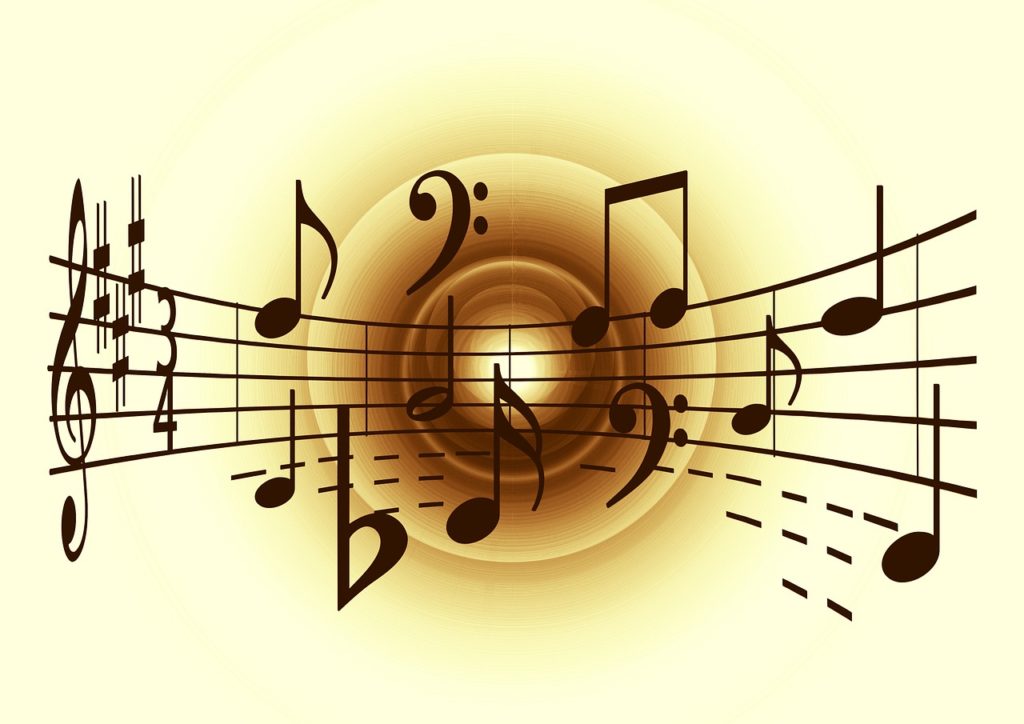Bradford, C. L. “Keith’s Secret Discovery of the Sieve of Eratosthenes.” Arithmetic Teacher, March, 1974, pp. 239 – 241.
Burns, M. Ideas: Coloring squares. Arithmetic Teacher, February, 1975, pp. 124 – 125.
Davis, Ronald D., and Eldon M. Braun. The Gift of Dyslexia. Perigee, 1997.
Davis, Ronald D., and Eldon M. Braun. The Gift of Learning. Perigee, 2003.
Ewbank, W.A., & Ginther, J.L. “Math lab activities – Colorful squares.” School Science and Mathematics, vol. 75, 1975, pp. 739 – 742.
Gattegno, C. For the Teaching of Elementary Mathematics. Cuisenaire Company of America, 1963.
Green, R. “A Color-Coded Method of Teaching Basic Arithmetic Concepts and Procedures.” Arithmetic Teacher, 1970, pp. 231-233.
Goldenberg, E.P. “Scrutinizing Number Charts.” Arithmetic Teacher, December, 1970, pp. 645 – 653.
Hubicki, Margaret. “A Multisensory Approach to the Teaching of Musical Notation.” Music and Dyslexia: Opening New Doors, edited by T.R. Miles and John Westcombe, Whurr, 2001, pp. 85-100.
Hubicki, Margaret. “Musical Problems? Reflections and Suggestions.” Dyslexia Matters, edited by Gerald Hales, Whurr, 1994, pp. 184 – 198.
Jaarsma, B., A.J.J.M. Ruijssenaars, and W. Van den Broeck. “Dyslexia and Learning Musical Notation: A Pilot Study.” Chart. Annals of Dyslexia: An Interdisciplinary Journal of the Orton Dyslexia Society, vol. 48, 1998, Figure 2.
Kyme, George H. “An Experiment in Teaching Children to Read Music with Shape Notes.” Journal of Research in Music Education, vol. 8, no. 1, 1960, pp. 3-8.
Miles, T.R. “The Manifestations of Dyslexia, Its Biological Bases, and Its Effects on
Daily Living.” Music and Dyslexia: Opening New Doors, edited by T.R. Miles and John
Westcombe, Whurr, 2004, p. 3-5.
Papy, F. Mathematics and the Child. Algonquin Publishing, 1971.
Papy, F. “Nebuchadnezzar, Seller of Newspapers: An Introduction to Some Applied Mathematics.” Arithmetic Teacher, April, 1974, pp. 278 – 285.


